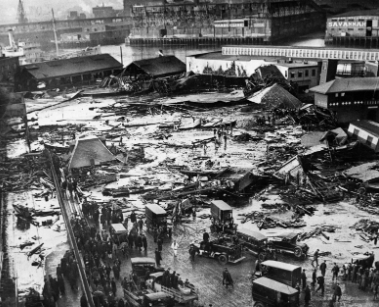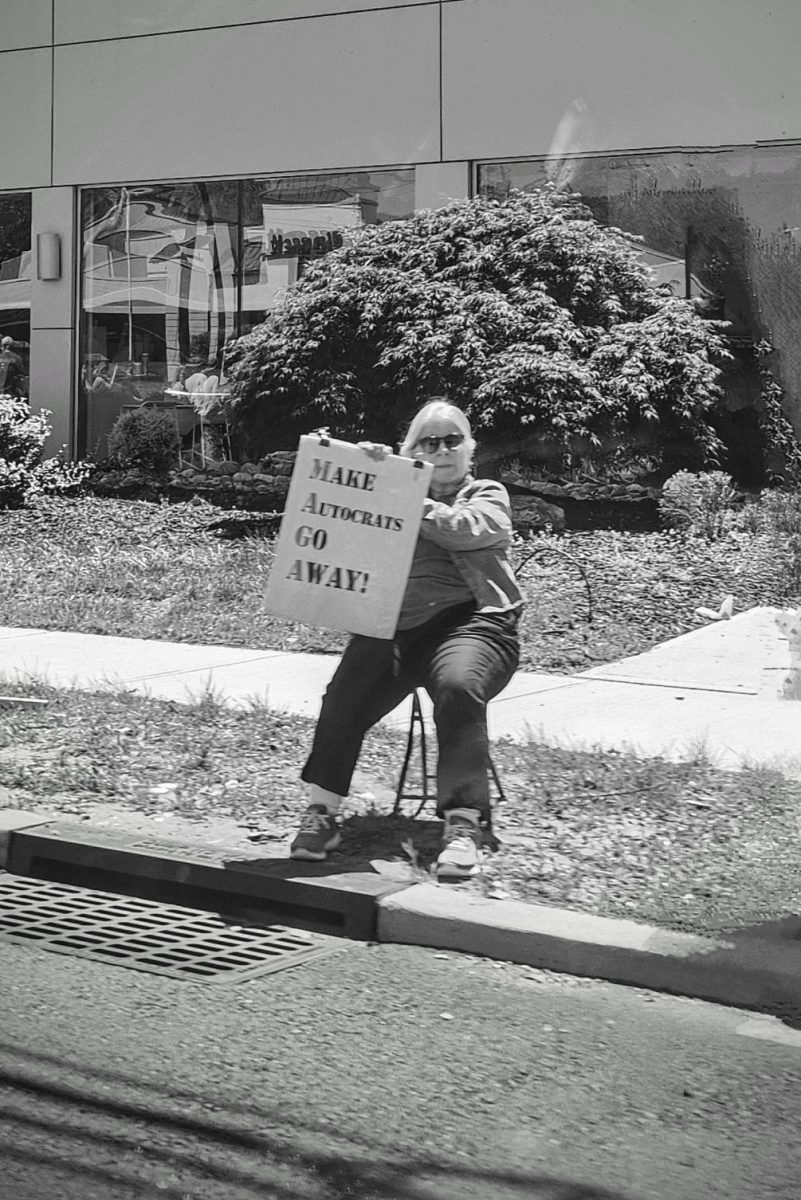
We’re all familiar with the adage that “truth is stranger than fiction.” One such “stranger than fiction” event is the Great Molasses Flood or Boston Molasses Disaster. Occurring on Jan. 15, 1919, it claimed 21 lives and left another 150 injured.
The Great Molasses Flood began when a steel tank holding molasses ruptured, creating a 2.3 million gallon tsunami-like wave of molasses that rolled through the North End neighborhoods of Boston, Massachusetts. The 40-foot tall wave reached speeds of up to 35 miles per hour, flooding the streets, destroying homes and businesses, and even knocking a local fire station from its foundation.
Many witnesses to the event described it to The Boston Globe and The Boston Post. One witness, Martin Clougherty, said he heard “a deep rumble,” not realizing anything had occurred until he “awoke in several feet of molasses.” Another, Robert Burnett, said he “thought it was an elevated train” until “I looked out the windows and saw this great black wave coming.”
The collapsed tank was owned and operated by the United States Industrial Alcohol Company (USIA), which used molasses to produce alcohol for liquor and weapons manufacturing. Though the company alleged that the rupture resulted from an anarchist terror attack, later investigation found considerable structural concerns with the tank. The tank’s design was also flawed, likely because it was constructed quickly to meet the “rising demand for industrial alcohol” fueled by the First World War.
In the aftermath, 119 flood victims filed lawsuits against the USIA. Those lawsuits were eventually combined into one legal proceeding. In 1925, state auditor Hugh W. Ogden ruled in favor of the victims, blaming the USIA’s “poor planning and lack of oversight” for the “structural failure” of the tank. The USIA paid the victims and their families $628,000 in damages, or around $8 million today.
The Great Molasses Flood left a considerable mark on the local community, causing extensive property damage that would amount to $100 million today. A plaque on Commercial Street stands as the only reminder of the event. Even today, local folklore claims that, on warm days, you can still smell the molasses in the air.













